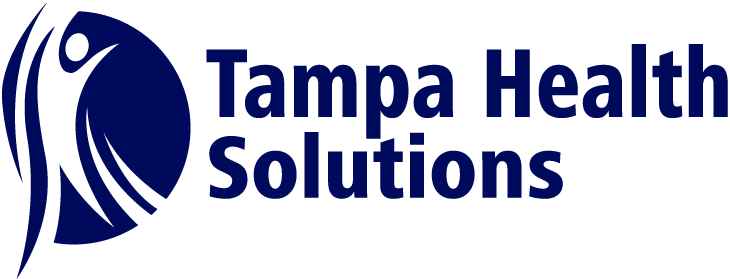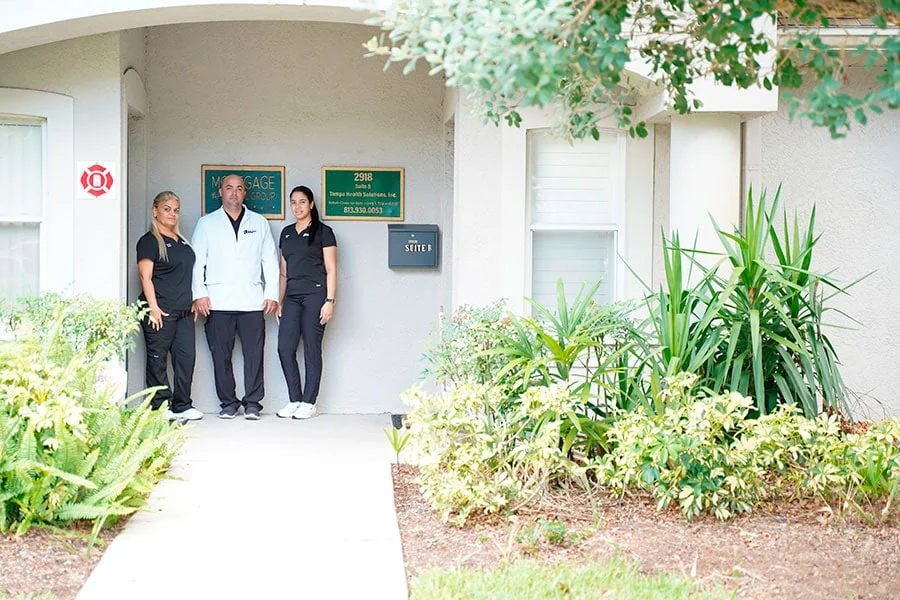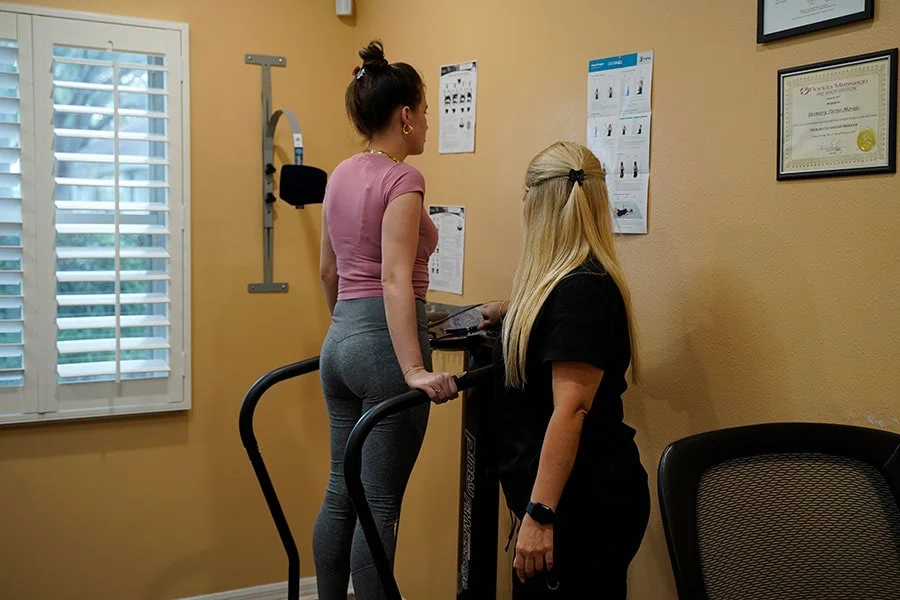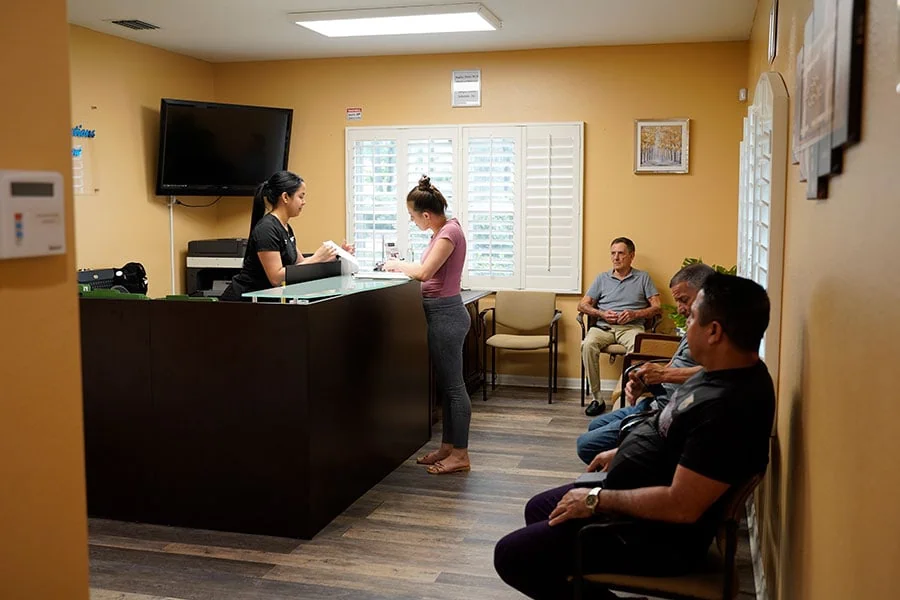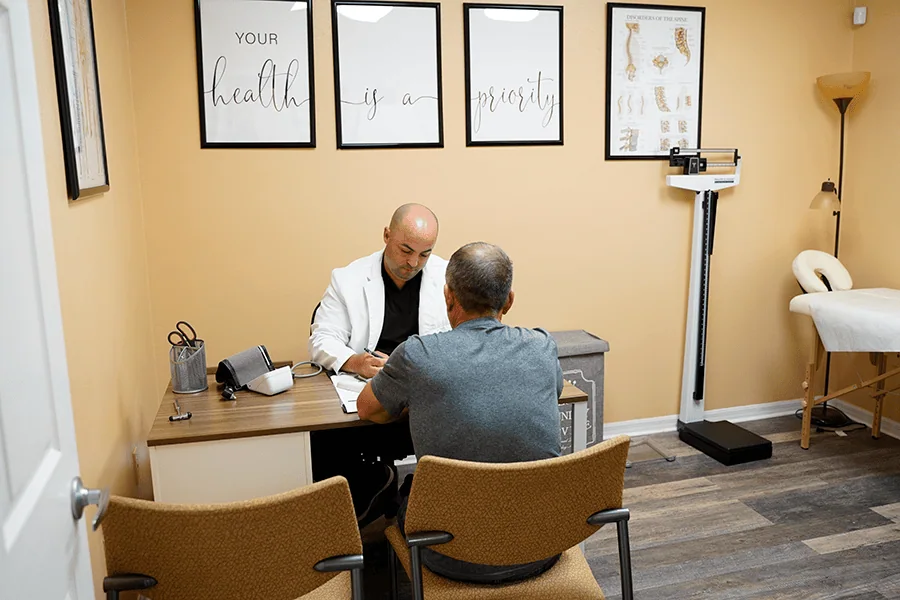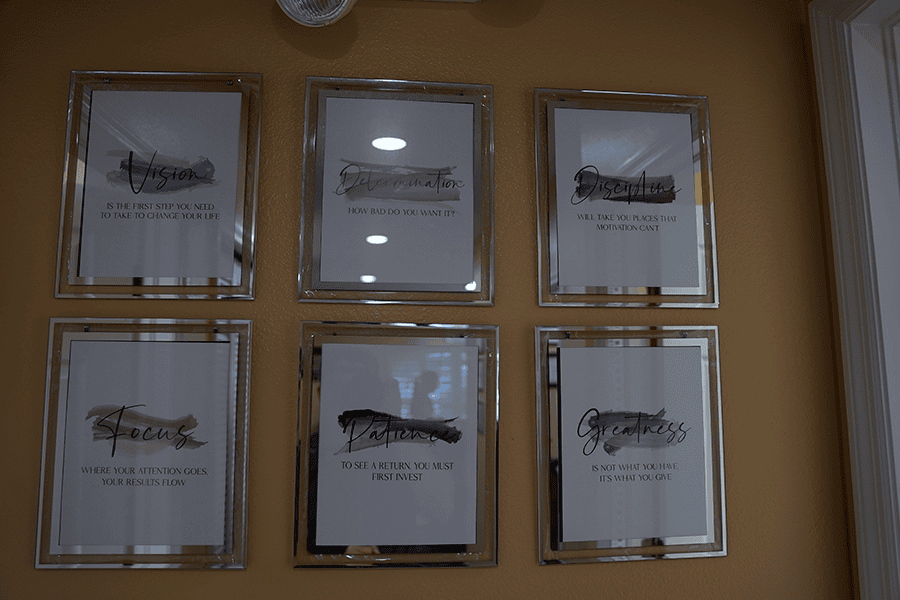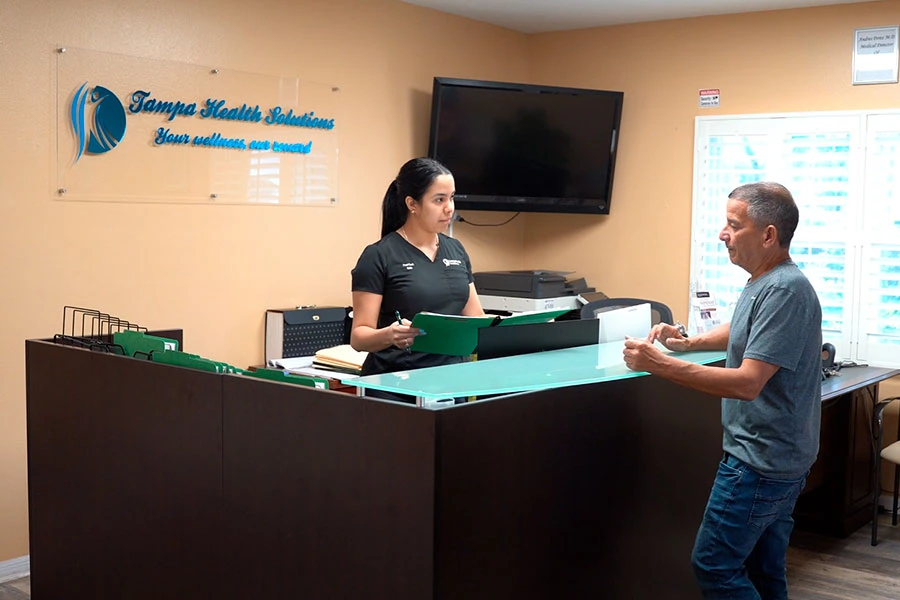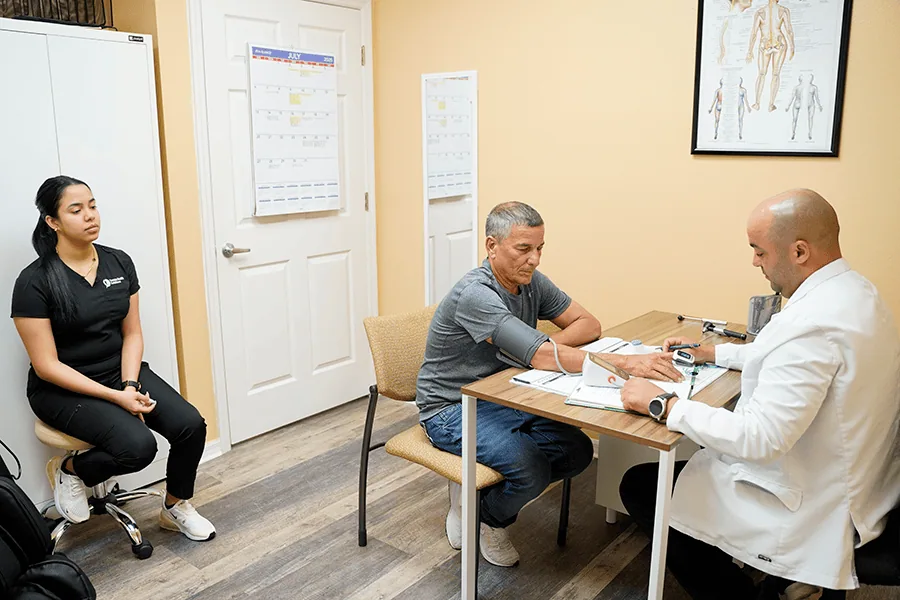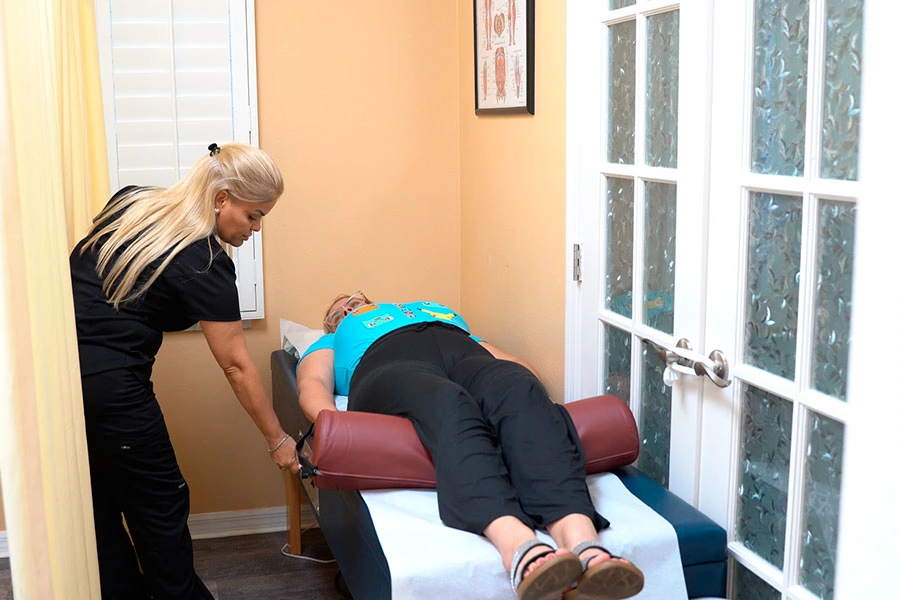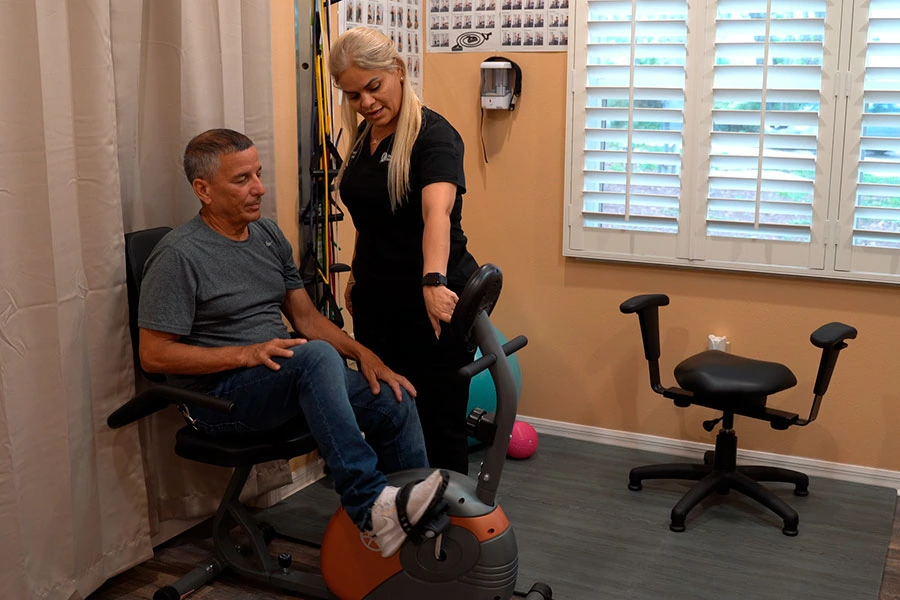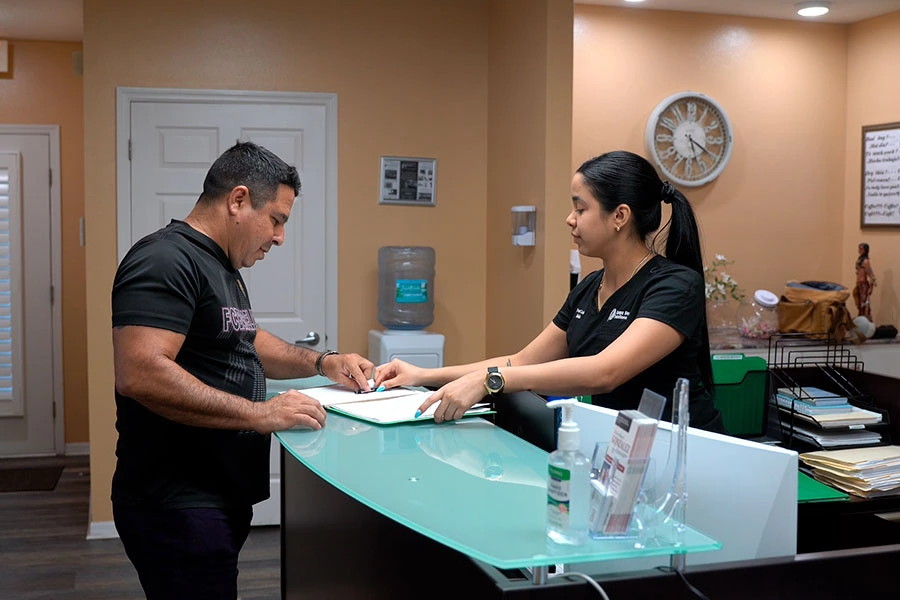Your Health, Our Priority
Tampa Car Accident Clinic & Auto Accident Doctors
Request An AppointmentPatients Feedback:
Review 5.0/5.0
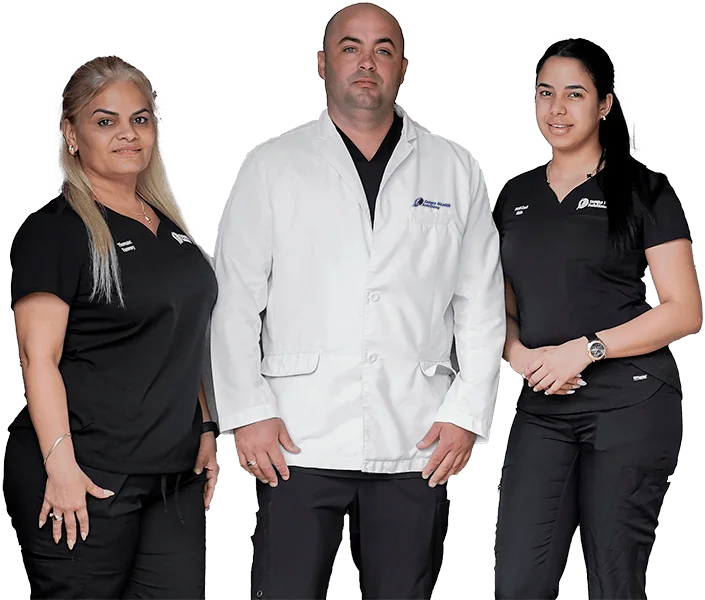

Car Accident Treatments
From whiplash to back pain, we create treatment plans that get you back on your feet—fast.

Experienced Local Care
We bring local expertise, personalized attention, and a full range of treatments—all under one roof.

Medical Documentation
We can provide detailed medical reports to support your claim, if filed, ensuring you have what you need.

Conditions We Treat
Being in a car accident can result in various injuries, ranging from minor to severe.
Head Injuries
Torn Rotator Cuff
Disc Herniation
Concussion

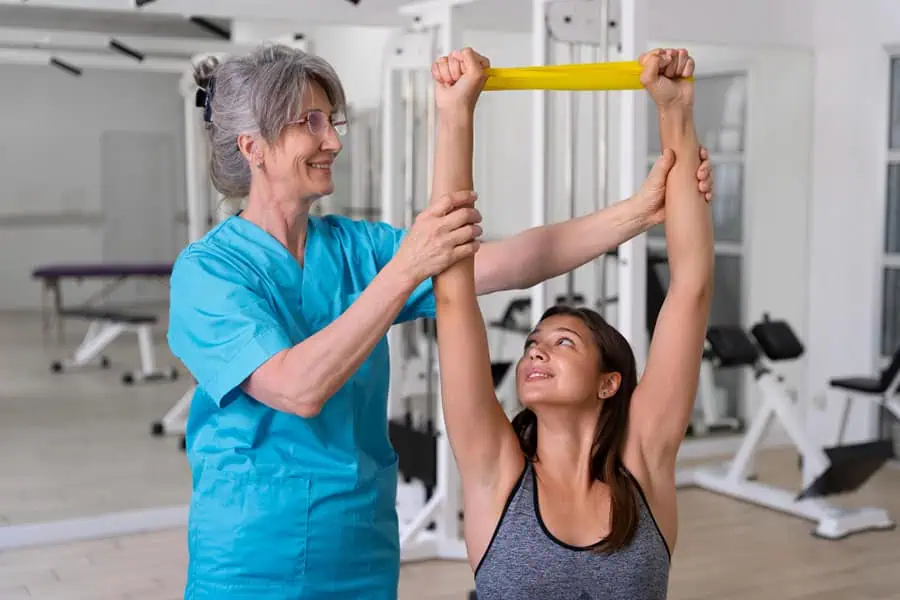
Whiplash
Sciatica
Spinal Stenosis
Shoulder Dislocation
Torn ACL & Torn MLC
Torn Meniscus
Leg Injuries
Neck Injuries
Tampa Health Solutions
Car Accident Treatments
Recover quickly and safely after a car accident with our expert care. We offer personalized treatment plans for pain relief, injury recovery, and overall wellness. From chiropractic adjustments to physical therapy, we help you get back to feeling your best. Request your appointment today and start your journey to recovery!
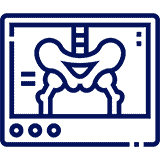
X-Ray
Our X-ray imaging services offer a non-invasive and efficient way to visualize bones, joints, and certain soft tissues.

Electrical Stimulation
Electrical stimulation therapy can be used to manage pain, reduce muscle spasms, and improve muscle strength and function.
Manual Therapy
Our physical therapists employ various manual therapy techniques, including soft tissue mobilization, joint mobilization, and myofascial release.
Kinesiology Tape
Kinesiology taping is a therapeutic technique that can provide support, reduce pain, and improve muscle function.
Ultrasound Therapy
Ultrasound therapy utilizes high-frequency sound waves to generate gentle heat deep within the tissues.
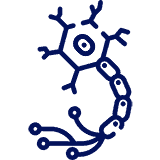
Neuromuscular Re-Education
Our neuromuscular re-education program is designed to help individuals regain proper muscle function, coordination, and control after injuries.
Heat Therapy
Heat therapy applies controlled warmth to boost circulation, ease muscle tension, and reduce pain and stiffness, aiding in relaxation and promoting recovery.

Vibration Therapy
Vibration therapy employs low-frequency vibrations to stimulate muscle activity, enhance blood flow, and promote relaxation, making it a versatile treatment for chronic pain, muscle stiffness, and better lymphatic drainage.
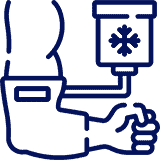
Cold Therapy
Cold therapy, such as ice application or cryotherapy, is an effective method for reducing swelling, inflammation, and discomfort from acute injuries or ongoing conditions.
Paraffin bath
A soothing wax treatment that helps to alleviate joint pain, relax muscles, and moisturize the skin, often used for hands and feet.
Infrared therapy
A non-invasive treatment using infrared light to enhance circulation, reduce pain, and accelerate healing in targeted areas.
Strapping of the Knee
Application of specialized tape or straps to stabilize the knee, reduce pain, and support proper movement during recovery.
Therapeutic activities
Goal-oriented movements and exercises aimed at improving functional abilities, strength, and coordination for daily tasks.
Strapping of the Shoulder
The precise application of tape to provide support and relieve pain in the shoulder joint, aiding in recovery and preventing further injury.
Biofreeze
A topical analgesic gel or spray that delivers a cooling sensation to alleviate muscle and joint pain quickly.
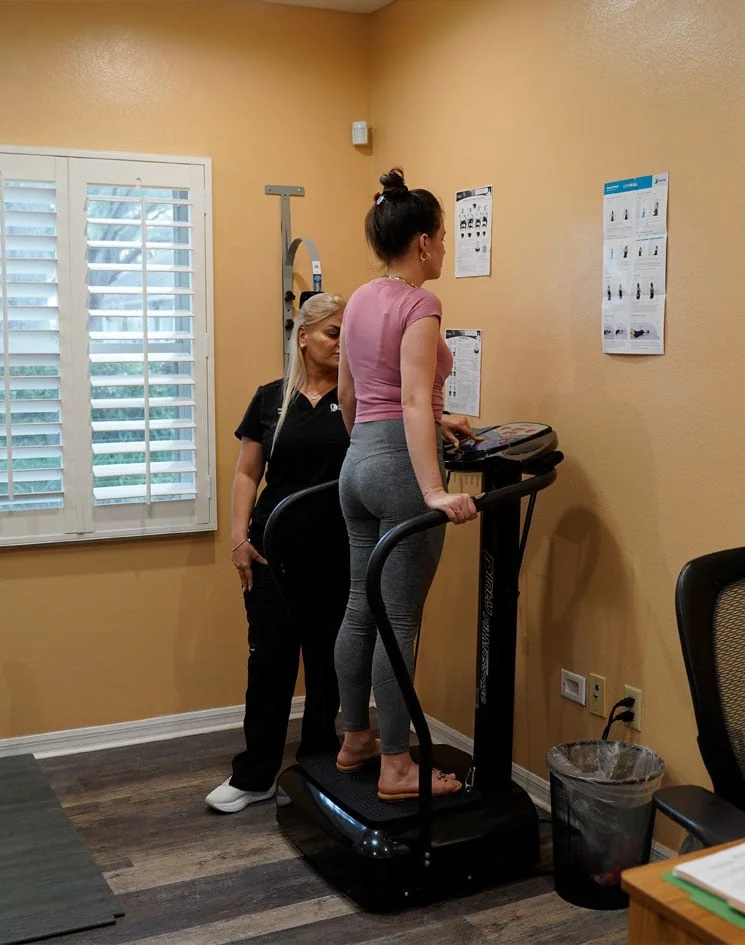


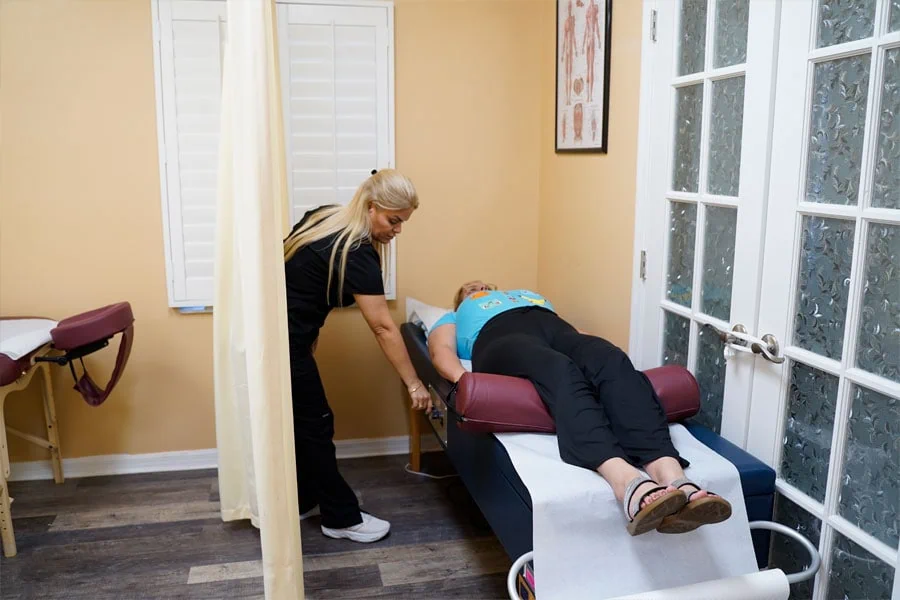


Who we are
About Us
At Tampa Health Solutions, we deliver a tailored approach to recovery with cutting-edge and holistic treatment solutions designed to meet your specific needs. Our dedicated team of experienced healthcare professionals collaborates with you to create individualized plans targeting the underlying causes of your injuries or conditions, guaranteeing top-tier care. With a diverse range of services available in one convenient location, we focus on fostering lasting recovery and enhancing your overall well-being, guiding you every step of the way toward achieving peak health.
Experienced Care
Personalized Treatment Plans
Focus on Pain Management
Unlock Your Wellness Journey
Your Health, Your Way. Secure Your Consultation Appointment!
Car Accident Experts Making a Difference in Tampa, Florida
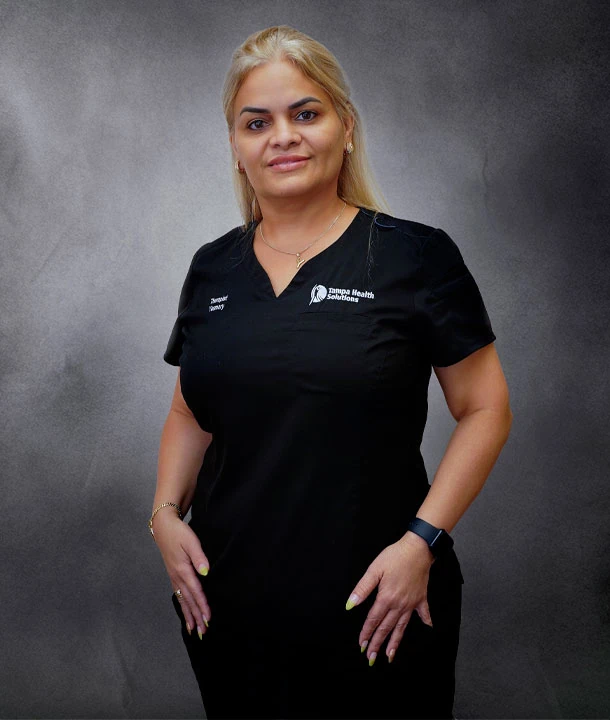
Yusmary T
Therapist
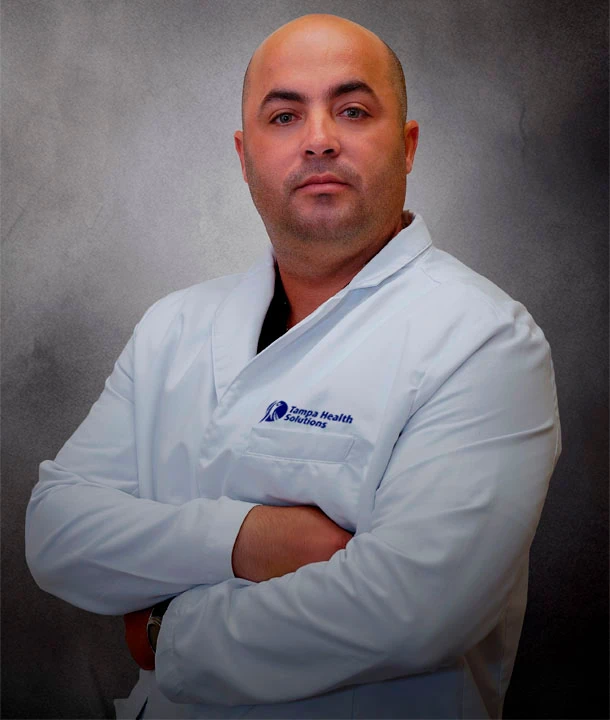
Rogelio Oceguera
APRN
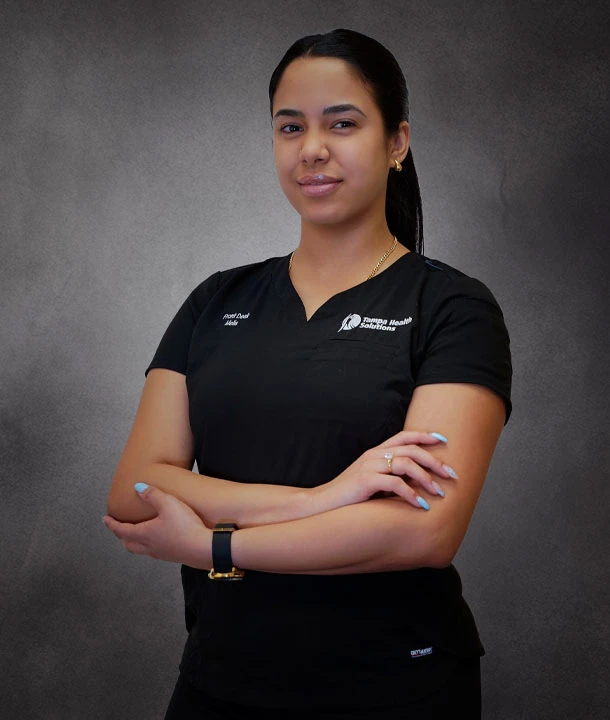
Melis B
Front Desk
2918 Busch Lake Blvd Suite B Tampa, FL 33614, United States
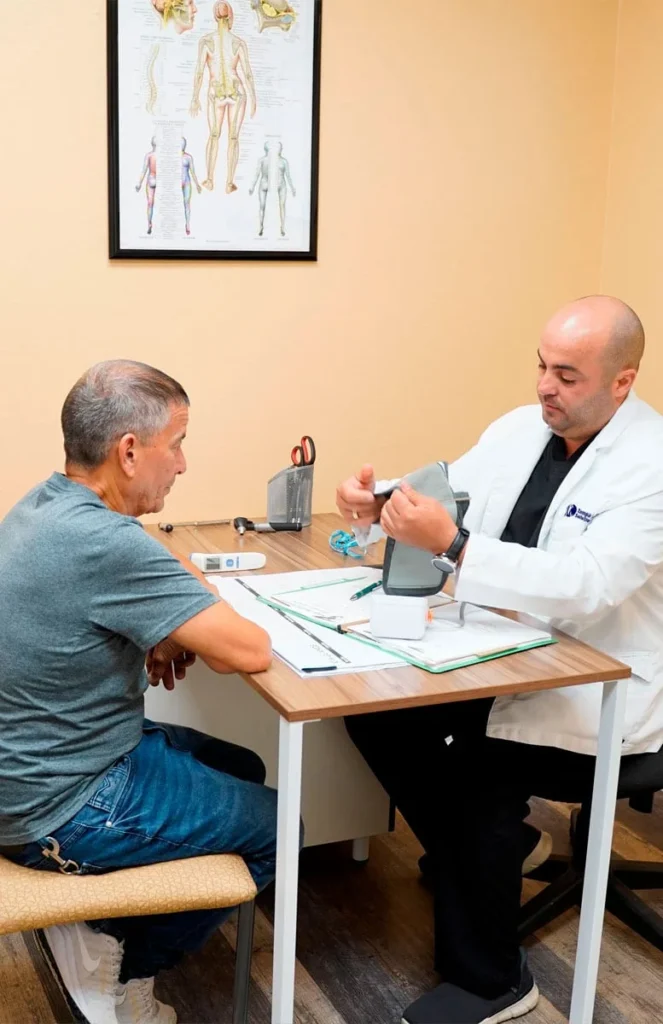
Request an Appointment
Your email address will not be published. Required fields are marked*
Frequently Asked Questions
1. How soon should I seek treatment after a car accident?
You should seek treatment as soon as possible, even if you don’t feel pain immediately. Symptoms often take hours or even days to appear due to adrenaline masking the injury. Early diagnosis and intervention can prevent injuries from worsening and speed up recovery.
2. What are the most common injuries sustained in a car accident?
The most common car accident injuries include:
- Whiplash and neck strains
- Back injuries, such as herniated discs
- Concussions and other traumatic brain injuries (TBIs)
- Soft tissue injuries, like sprains and bruises
- Fractures and broken bones
- Cuts and lacerations
Even minor accidents can lead to these injuries, so it’s important to get evaluated by a healthcare professional.
3. Why don’t I feel pain immediately after the accident?
After a car accident, your body releases adrenaline and endorphins, which can temporarily mask pain and discomfort. This natural response is why you might not notice injuries right away. However, once these effects wear off, symptoms such as pain, stiffness, or swelling may appear.
4. What symptoms should I watch for after a car accident?
Common symptoms to monitor include:
- Persistent neck or back pain
- Headaches or dizziness
- Numbness or tingling in the limbs
- Swelling or bruising
- Difficulty concentrating or memory issues
- Stiffness or reduced range of motion
If you experience any of these symptoms, it’s essential to consult a healthcare professional promptly.
5. Should I visit a car accident clinic even if the accident was minor?
Yes, even minor accidents can cause injuries that may not be immediately obvious. Car accident clinics like ours specialize in identifying and treating these injuries to prevent long-term issues like chronic pain or reduced mobility. A professional evaluation can ensure you receive the care you need, no matter the severity of the accident.
